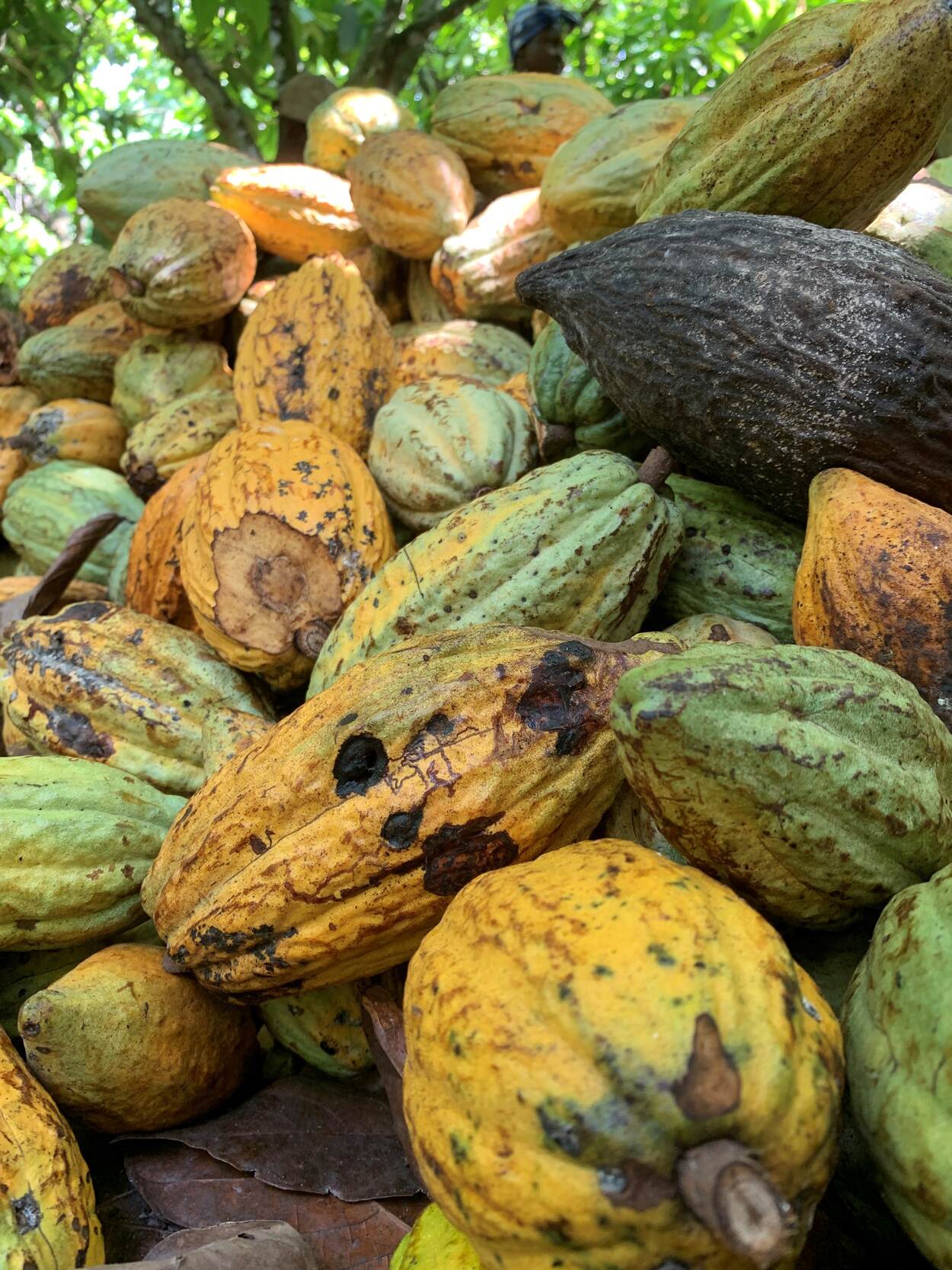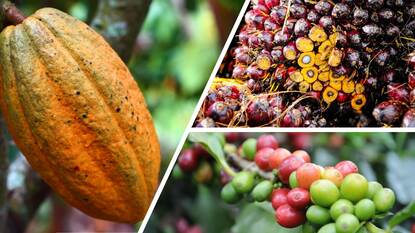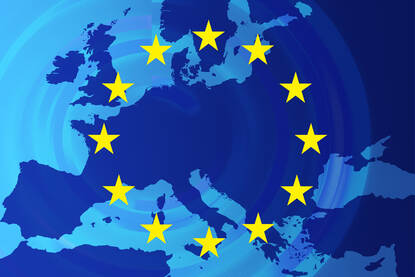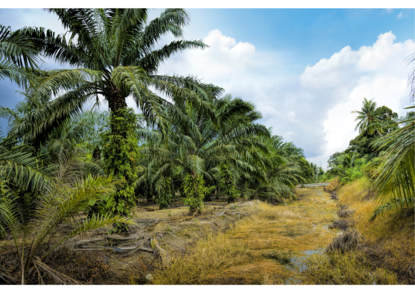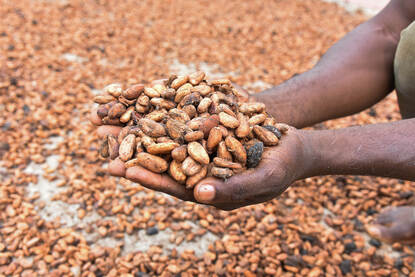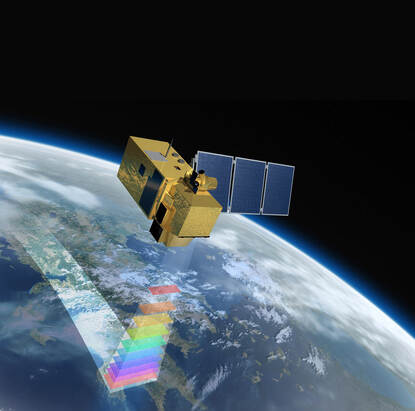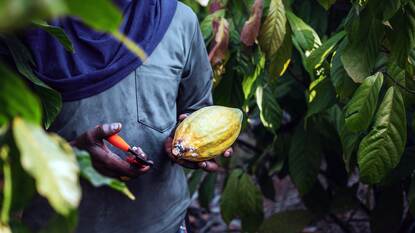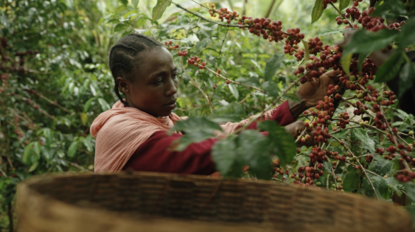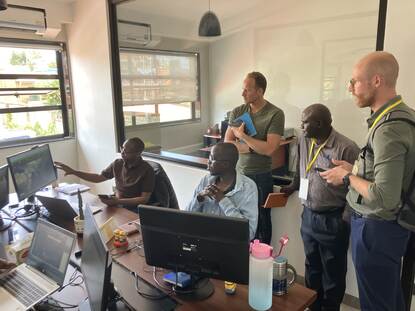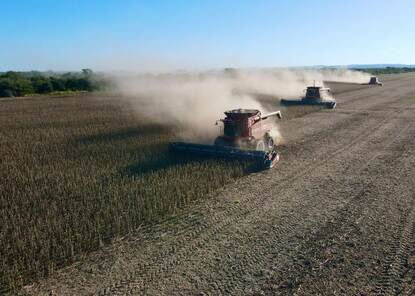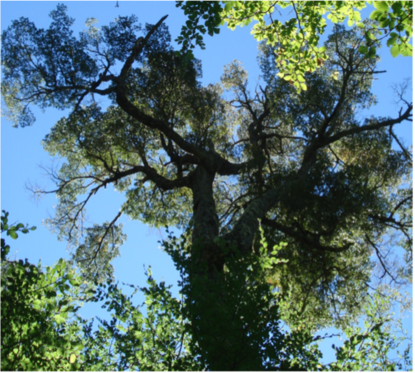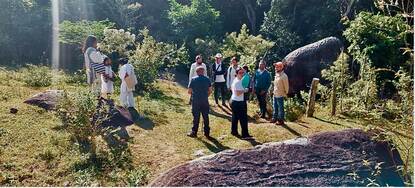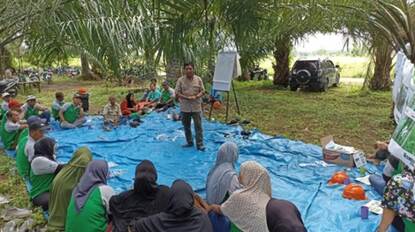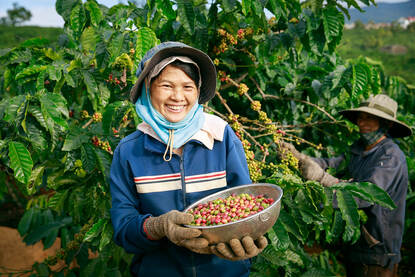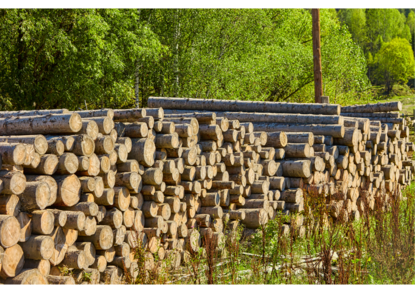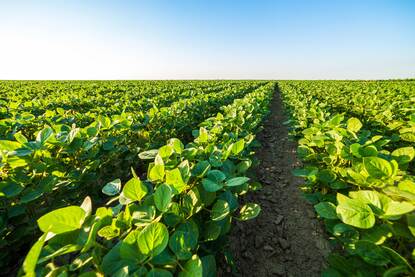If you mention the European Union’s Deforestation Regulation (EUDR) in Ghana, there is a high chance you will see a worried or confused look on the face of the person you are talking to. The regulatory bodies know it will be challenging to be compliance-ready by the end of 2024. Farmers, on the other hand, often have not even heard of this new regulation. Despite these challenges, the EUDR can be a tool to make cocoa farming in Ghana more sustainable, fair, and innovative.
Cocoa farming, along with (illegal) mining, logging, and other agricultural activities are key contributors to deforestation in Ghana. Typically, farmers clear tropical forests to plant new cocoa trees rather than adopting land reuse practices or increasing the productivity of established farms. Illegal mining adds to the problem, destroying more cocoa farms each year. Many struggling farmers sell their land to illegal miners, who use harmful chemicals that pollute water and soil, making it hard to grow any crop for years. However, mining is not the only challenge in the cocoa sector. Farmers also face issues such as inadequate income, diseased trees, and low cocoa yields, all of which contribute to child labor in the sector.
To some, the EUDR feels like an unwelcome addition to a large list of existing challenges. As a result, it leads to many critical questions. Did the EUDR come too late? Since 2000, Ghana’s tree cover has decreased by 24%. And who is going to pay the price for compliance? New traceability systems must be set up, so who will guarantee that the farmer does not indirectly pay the price of that? And will smallholders still have access to the world market? For example, processors and other buyers might want to play it safe and only work with a specific group of farmers whose traceability they can guarantee.
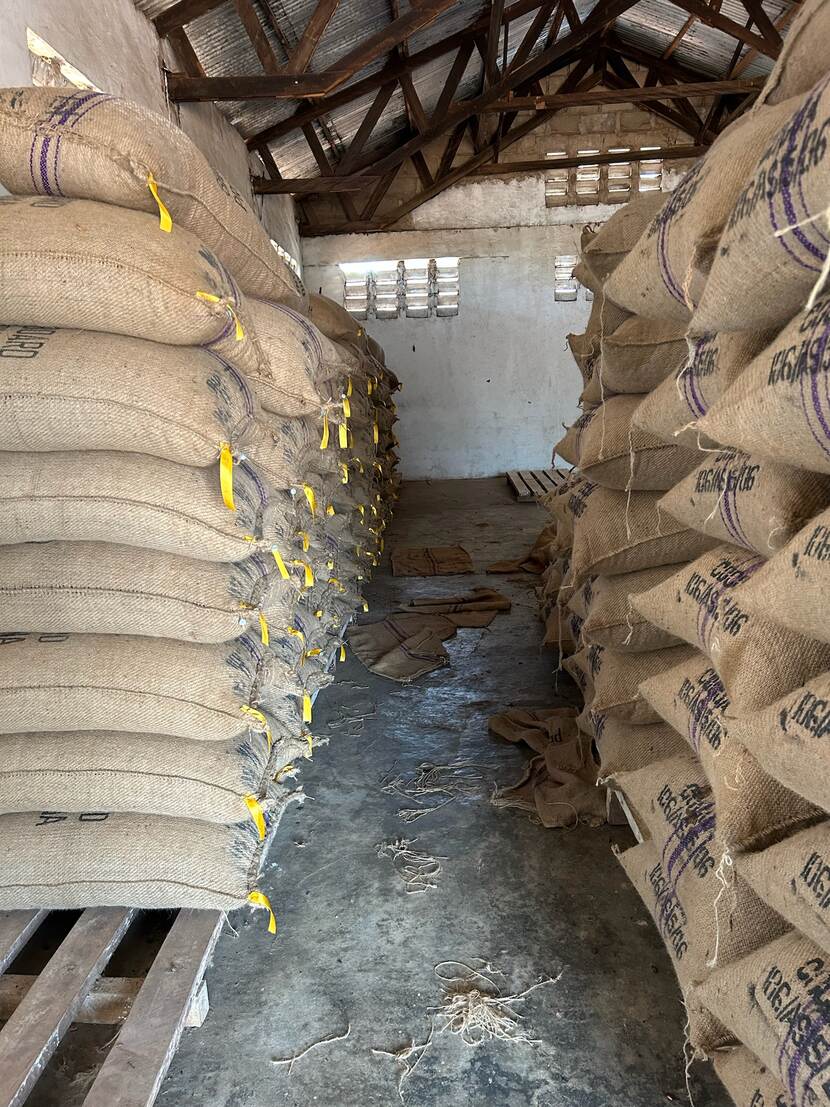
Making sure the traceability system works well
All those questions are very valid. There are significant environmental and social challenges in the value chain. When you search online for cocoa, you will find endless articles about deforestation, production shortages, child labor, slavery and living income gaps. However, as the world's leading importer of cocoa beans, the Netherlands wants to take a shared responsibility to address these issues. That is why this regulation is an incentive and opportunity to look for solutions and innovations to boost cocoa production in a sustainable and fair way.
Farmers should not suffer from a regulation that is meant to benefit them and their environment. To avoid unintended negative effects of the EUDR, the Netherlands works together with the European Union and important government and private sector players, like traders and processors. The first step is to help the authorities make sure that the traceability system works well and that it covers all farms in Ghana by the end of the year. The German Agency for International Cooperation (GIZ) has already done a pilot to check the traceability system and has made sure that agricultural extension officers of the Ghana Cocoa Board— intermediaries between research and farmers who help farmers in decision-making and obtaining the best results— have the right tools to work with the system. Even with these tools, it is difficult to ensure that the farmers do not pay the price of the traceability. That is why it is important to keep asking questions about that and to keep looking for ways to guarantee that the farmers benefit. [1]
‘Farmers should not suffer from a regulation that is meant to benefit them and their environment’
How can the EUDR be an opportunity?
One of the reasons for deforestation is to create more farmland to increase yields. The EUDR helps avoid resorting to deforestation by giving a boost to practices that enable intensification on the existing cocoa fields. This means making irrigation accessible or training farmers in good agricultural practices that further develops their farm management and yields. For example, stimulating the adoption of improved varieties of cocoa seedlings could tackle the challenges of climate change and plant diseases.
Another example on how to increase yields is mentioned in a recent cocoa productivity study, commissioned by the Dutch Embassy in Ghana, [2] namely the re-adoption of agroforestry. With the right practices, agroforestry could boost yields up to 50%. [3] That is a win/win, because agroforestry farmers can increase their cocoa yield, while also growing other crops that they can either consume or sell on the market. This would increase their income on two fronts.
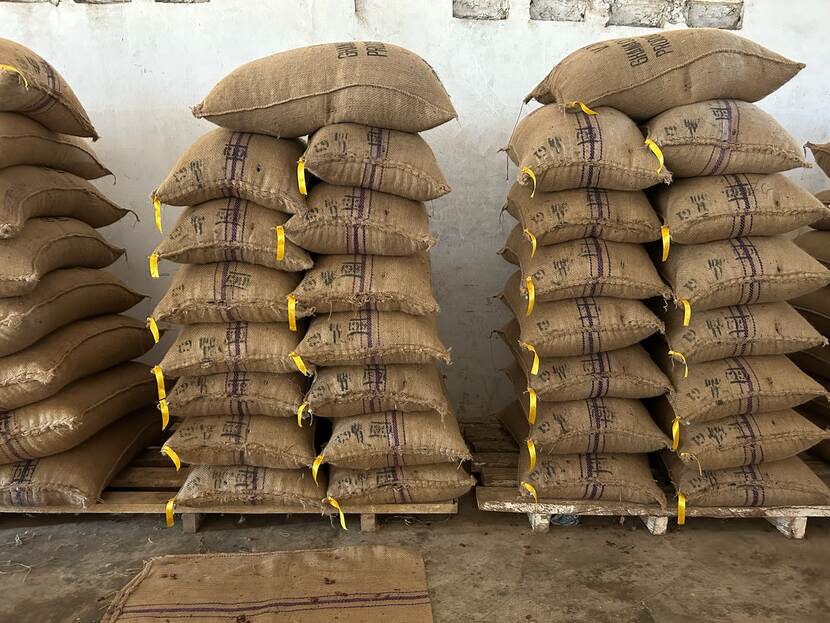
‘The Dutch Embassy in Ghana wants to showcase sustainable and profitable cocoa farming on a Farm of the Future’
Farm of the Future
The Dutch Embassy in Ghana wants to showcase these practices on a Farm of the Future which exemplifies what sustainable and profitable cocoa farming could look like. This initiative is currently in the development phase. The aim of this Farm of the Future is to use the right farming practices and innovations to avoid deforestation.
Five facts about the Ghanaian cocoa sector
To understand the impact of the EUDR on the Ghanaian cocoa sector and possible solutions, it is important to keep this in mind:
- Cocoa is very important for Ghana. It is the third export revenue stream for the economy, together with oil and gold. Some 800.000 farmers produce cocoa.
- Unfortunately, cocoa production leads to deforestation: cocoa farmland increased from about 730 hectares to about 1.69 million hectares over three decades (1987-2017). As a result, farmers had to go into the tropical forest to find farmland.
- According to the Global Forest Watch, from 2001 to 2023, Ghana lost 1.64 million hectares of tree cover, equivalent to a 24% decrease in tree cover since 2000. About 8.9% of that loss was in primary forests, which are forests not yet impacted by industrial land.
- The cocoa yields were low last year, because of unpredictable weather patterns and tree disease. This makes it difficult for farmers to earn enough money from their cocoa production.
- COCOBOD, a centralized organization headed by a political appointee, regulates producer prices, and encourages and facilitates production, processing, and marketing of all cocoa originating in Ghana. [4]
More information
Would like more information on the EUDR and its challenges and opportunities for the cocoa industry in Ghana? Or do you want to contribute to the Farm of the Future initiative with your innovative and sustainable practices? You can visit the country page of Ghana at the website Agroberichtenbuitenland.nl of the Dutch Ministry of Agriculture, Nature and Food Quality. You can also send an e-mail to the agricultural team at the Dutch Embassy in Accra: acc-lnv@minbuza.nl.
Footnotes
[1] EUDR Preparedness check of Ghana.pdf (efi.int).
[2] Profitability and Environmental Sustainability of Cocoa Farming Models in Ghana | Publicatie | Agroberichten Buitenland.
[3] Mechanisms for shared responsibility in the cocoa global value chain (wur.nl).
[4] Profitability and Environmental Sustainability of Cocoa Farming Models in Ghana | Publicatie | Agroberichten Buitenland.
